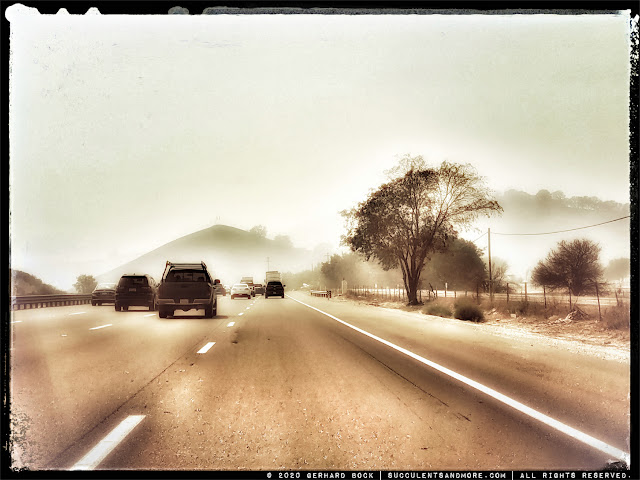Solana Succulents is my kind of nursery

My previous post was about Roger's Garden, an upscale destination nursery in Corona del Mar, a wealthy coastal community south of Los Angeles. Roger's Gardens has been around for decades. It has a large loyal clientele, and I bet many of their customers are into decor as much as plants (or even more so). I enjoy visiting Roger's Gardens once or twice a year, however often I happen to be in the area, but it's not really my kind of nursery. You know what is? Solana Succulents, a small nursery in the coastal town of Solana Beach in northern San Diego county. I've blogged about Solana Succulents before, but their eclectic inventory changes constantly so there's always something new to explore. There are many nooks and crannies in the nursery, as you'll see below. Poking around is not only fun but also completely unpredictable, seeing how you never know what you might find. A large Aloidendron barberae and several massive cactoid euphorbias, including Euphor...







